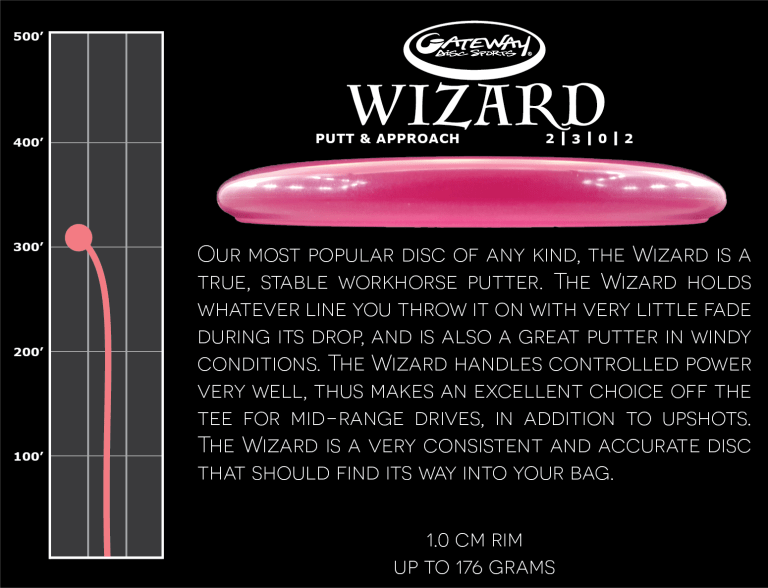Yeah, I understand that about the different speeds and having to throw it harder for a lower glide disc. I also understand that a low glide approach disc is much more preferable to a high glide disc. I know in order to throw a speed 12 you need a lot of power, and that it takes less power to throw a speed 7.
But I'm saying, in a scenario where a player throws his max D driver 400' lets say, how much less distance (no wind, dead flat, same exact throw, etc just a normal field throw) would a speed 10 go? How much less distance would a speed 9 go? 7? Etc. I'm trying to figure out if you throw discs at different speeds like you choose a golf club in golf?
I pull out my driver to hit the ball 300. I pull out my 3 wood to hit 260-280 with much more control. I pull out my 3 iron to hit 240-250. I pull out a 6 iron to hit around 190-200, etc. The different clubs allow me to hit different distances. Where is that info for disc golf?
I don't see any information like that for disc golf. It seems MUCH more vague and complicated. I just want to know, if someone throws max D speed 12 drivers 400', how far should that person expect to throw a speed 11, 10, 9, 7, 5 disc (everything else being the same. Meaning all have normal glide and go pretty straight)? What should the gaps in distance be on avg between a speed 11 and 9? And does taking into account a lower glide, make the distances less per the same speed disc? So meaning, if I throw a 9/5/0/1 disc vs a 9/3/0/3 disc, and I throw the first disc on avg 350', how far (all things being the same) should the lower glide disc go? All of this glide, speed, etc is so confusing and too open to a million interpretations of arm speed, distance to the pin, personal preference, throwing style etc etc. It's so confusing. I just want to know aprox how far the different speed discs will go if I throw 400' max with a speed 12 driver. Thanks
